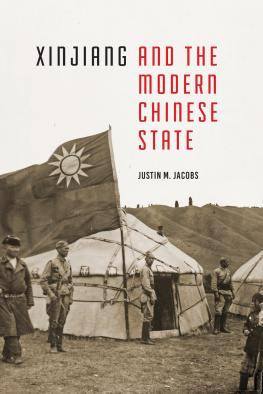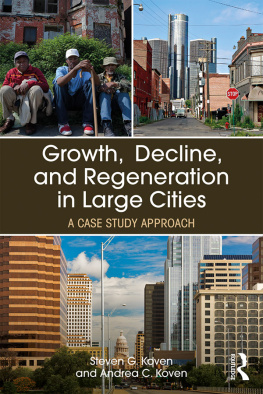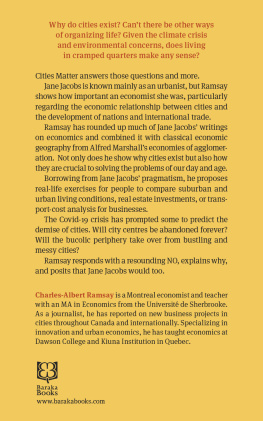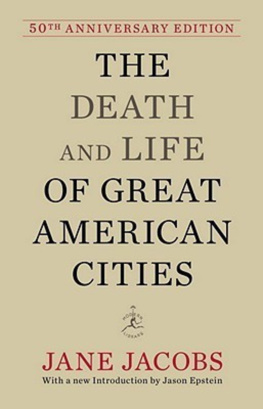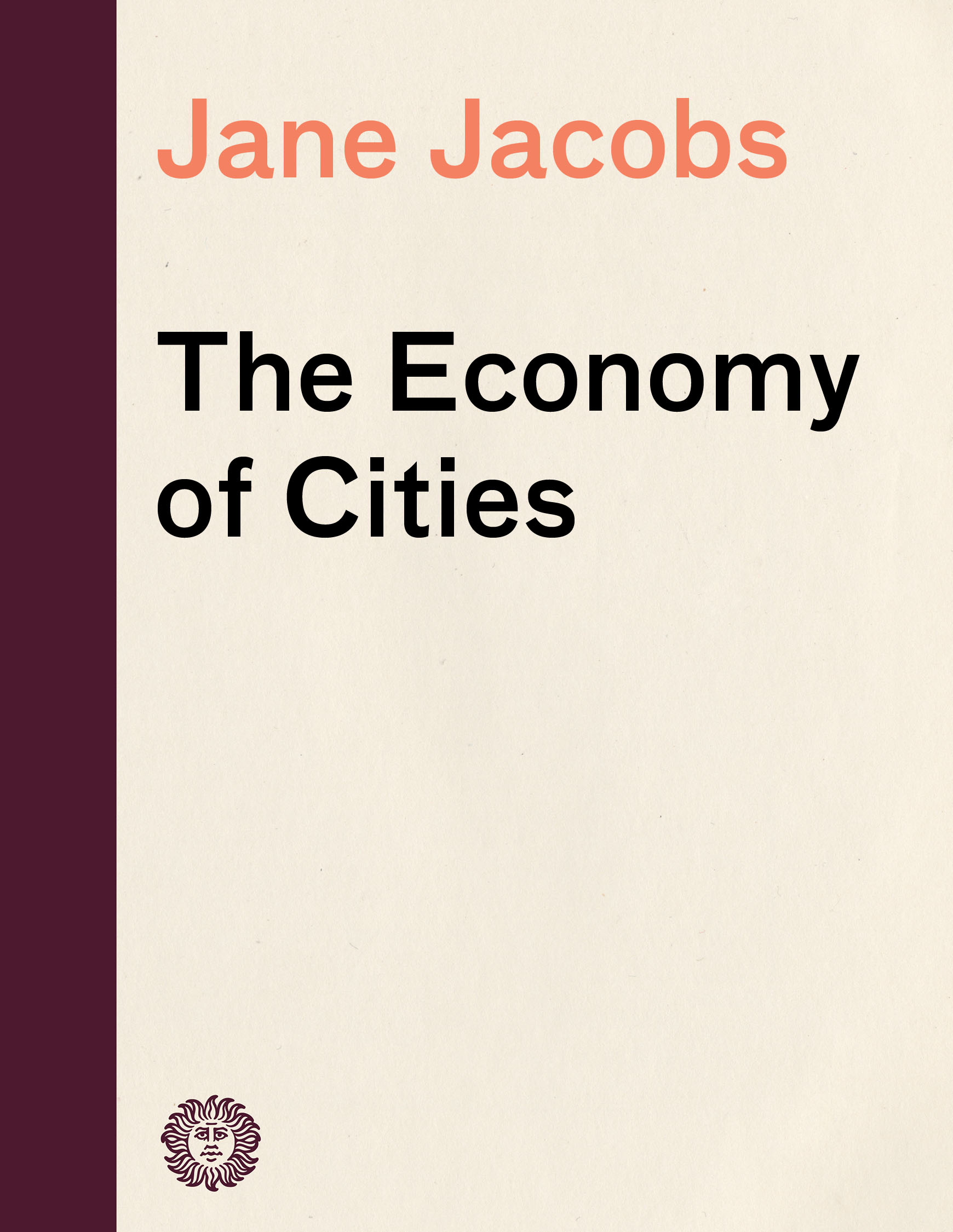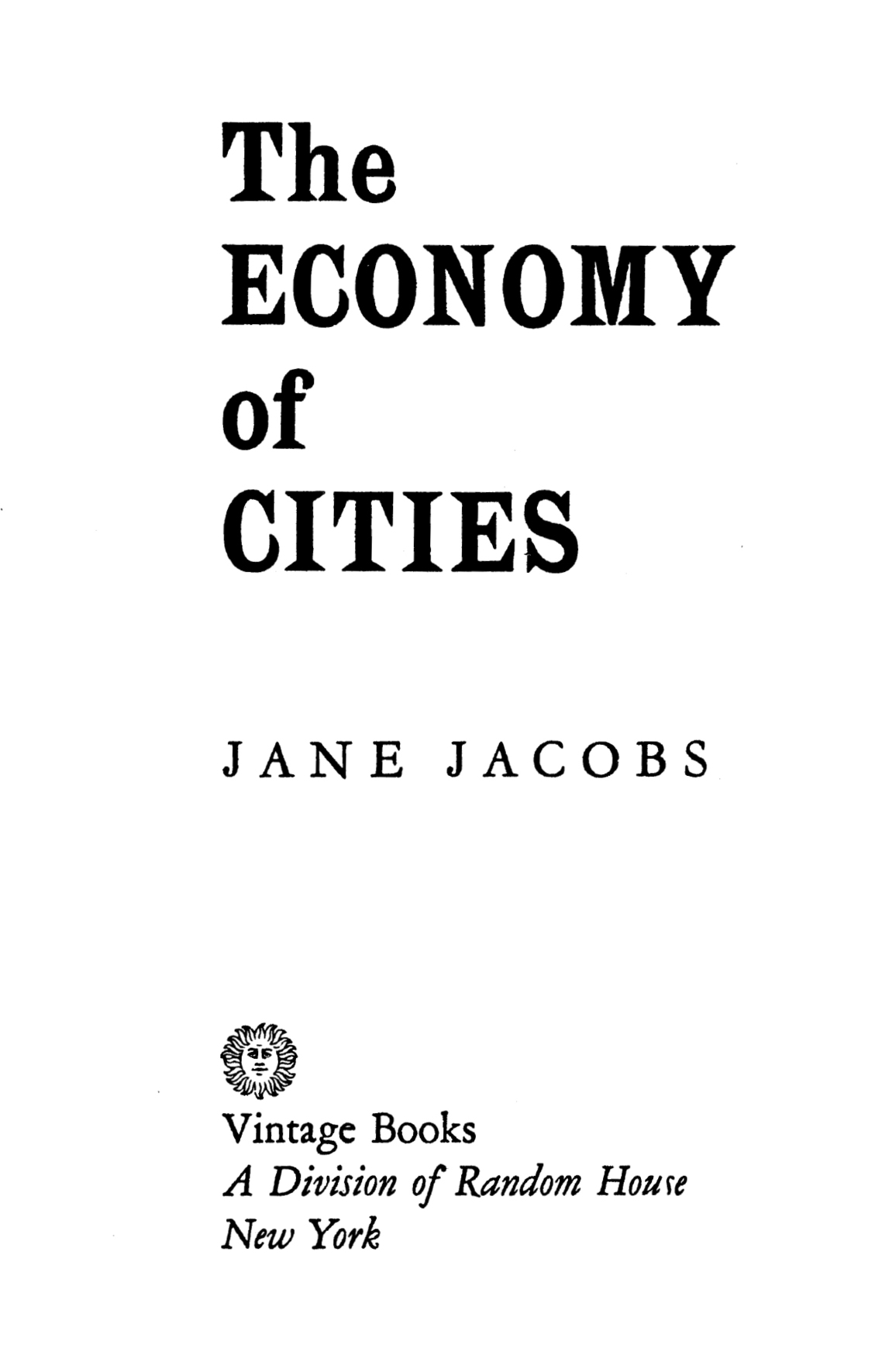1
Cities FirstRural Development Later
This book is an outcome of my curiosity about why some cities grow and why others stagnate and decay. I have relied greatly and gratefully upon the findingsreliable, as far as I am able to judgeof many scholars; historians and archeologists in particular. But I have not necessarily adopted their views about the meanings of their findings in my effort to develop a theory of city economic growth.
One of many surprises I found in the course of this work was especially unsettling because it ran counter to so much I had always taken for granted. Superficially, it seemed to run counter to common sense and yet there it was: work that we usually consider rural has originated not in the countryside, but in cities. Current theory in many fieldseconomics, history, anthropologyassumes that cities are built upon a rural economic base. If my observations and reasoning are correct, the reverse is true: that is, rural economies, including agricultural work, are directly built upon city economies and city work.
So thoroughly does the theory (in my view, the dogma) of agricultural primacy saturate the conventional assumptions about cities that I propose to deal with it in this chapter as the first order of business. In the chapters that follow I shall then describe what I have been able to learn about how cities grow, taking each part of the growth process separately. Thus this first chapter is a prologue.
We are all well aware from the history of science that ideas universally believed are not necessarily true. We are also aware that it is only after the untruth of such ideas has been exposed that it becomes apparent how pervasive and insidious their influence has been.
To take an example: for thousands of years otherwise intelligent men thought that those small animals found in rotting meat, cheese and still water took form and came to life without parents. Their environment, it was supposed, not only nourished them, it created them by a process called spontaneous generation. This theory seems to have gone unquestioned until the Renaissance, when a Florentine poet-physician demonstrated that maggots did not materialize in rotting meat if the meat had been screened from flies. He drew the proper inference that the new life arose from existing life. But just as his insight was gaining currency, the microscope was invented. Hitherto invisible bits of life now became visible. Their presence was promptly interpreted to be new proof of spontaneous generation and thus the dogma stood a full two centuries longer, buttressed, ironically, by the tools of science until it was demolished by Pasteur in the nineteenth century.
Pasteur repeated the Florentine experiment, using bacteria instead of flies as his experimental animals and wine instead of meat as his medium. His findings were savagely attacked by the most eminent biologists of his time because the new knowledge demolished so much that they knew about biology. For although the dogma of spontaneous generation ostensibly explained only the origins of tiny organisms, belief in it had subtly distorted much other biological observation and theory. It had simply closed off as already explained some very interesting questions, such as how single-celled animals really do multiply; hence had stultified the investigation and understanding of cells generally. For another thing, many biologists had invested their lives in rationalizing newly observed truths to conform with the traditional error; those biologists with the most eminent reputations had frequently been the authors of the most elaborate and arcane rationalizations.
In just such ways, I think, our understanding of cities, and also of economic development generally, has been distorted by the dogma of agricultural primacy. I plan to argue that this dogma is as quaint as the theory of spontaneous generation, being a vestige of pre-Darwinian intellectual history that has hung on past its time.
The dogma of agricultural primacy says: agriculture first, cities later. Behind the dogma lies the notion that in pre-Neolithic times hunting men lived only in small and economically self-sufficient groups, finding their own food, making their own weapons, tools and other manufactured goods. Not until some of these primitive groups learned to cultivate grain and raise livestock, it is thought, did settled and stable villages emerge, and not until after the villages were built did complex divisions of labor, large economic projects and intricate social organization become possible. These advances, coupled with a surplus of agricultural food, are supposed to have made cities possible.
One school of thought, the older, holds that cities evolved slowly, but directly, out of villages that were at first simple agricultural units but gradually grew both larger and more complex. Another school holds that cities were organized by non-agricultural warriors who put peasants to work for them, in return protecting the peasants from other warriors. In either version, the food produced by agricultural work and workers is presumed to have been an indispensable foundation for cities.




